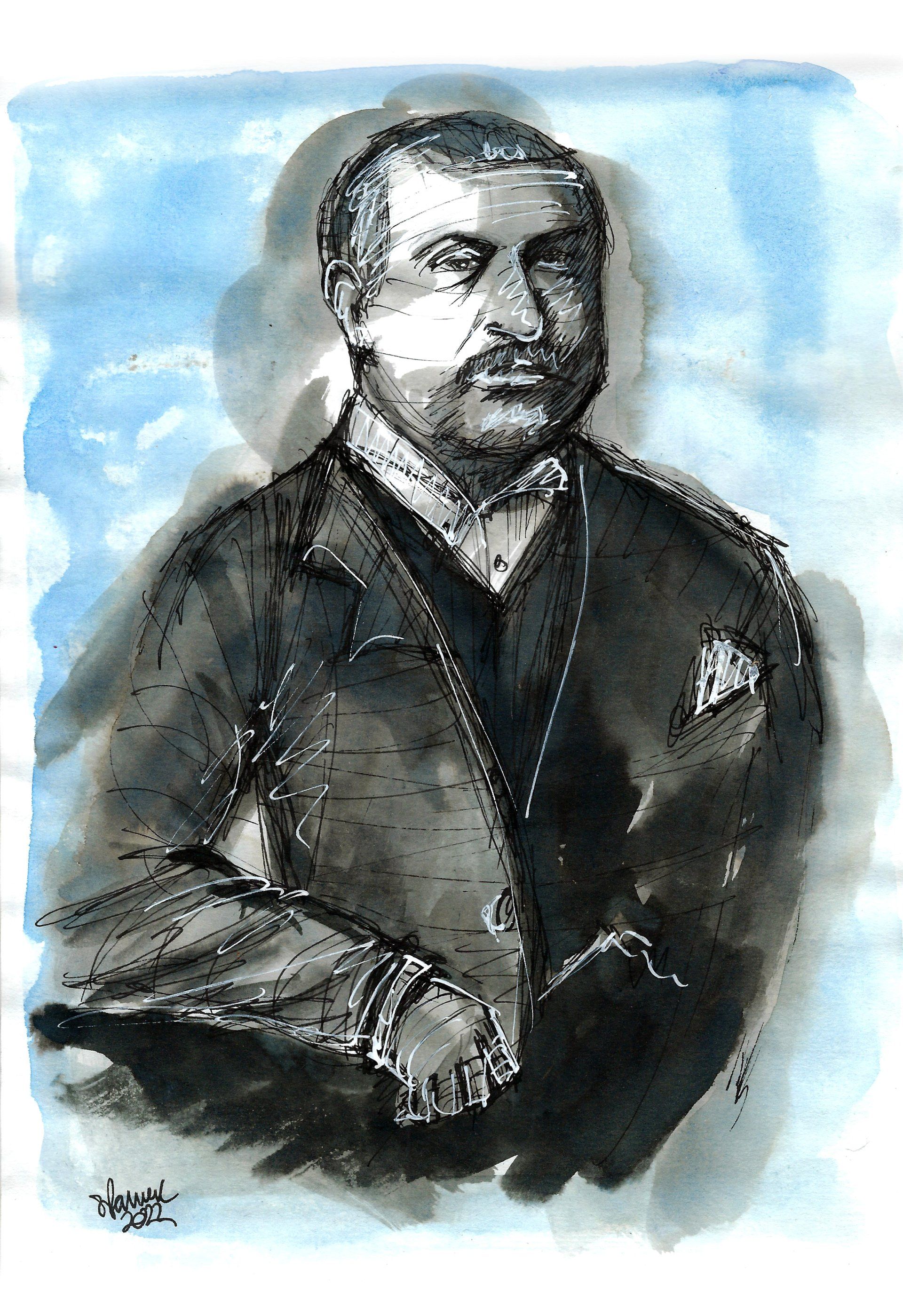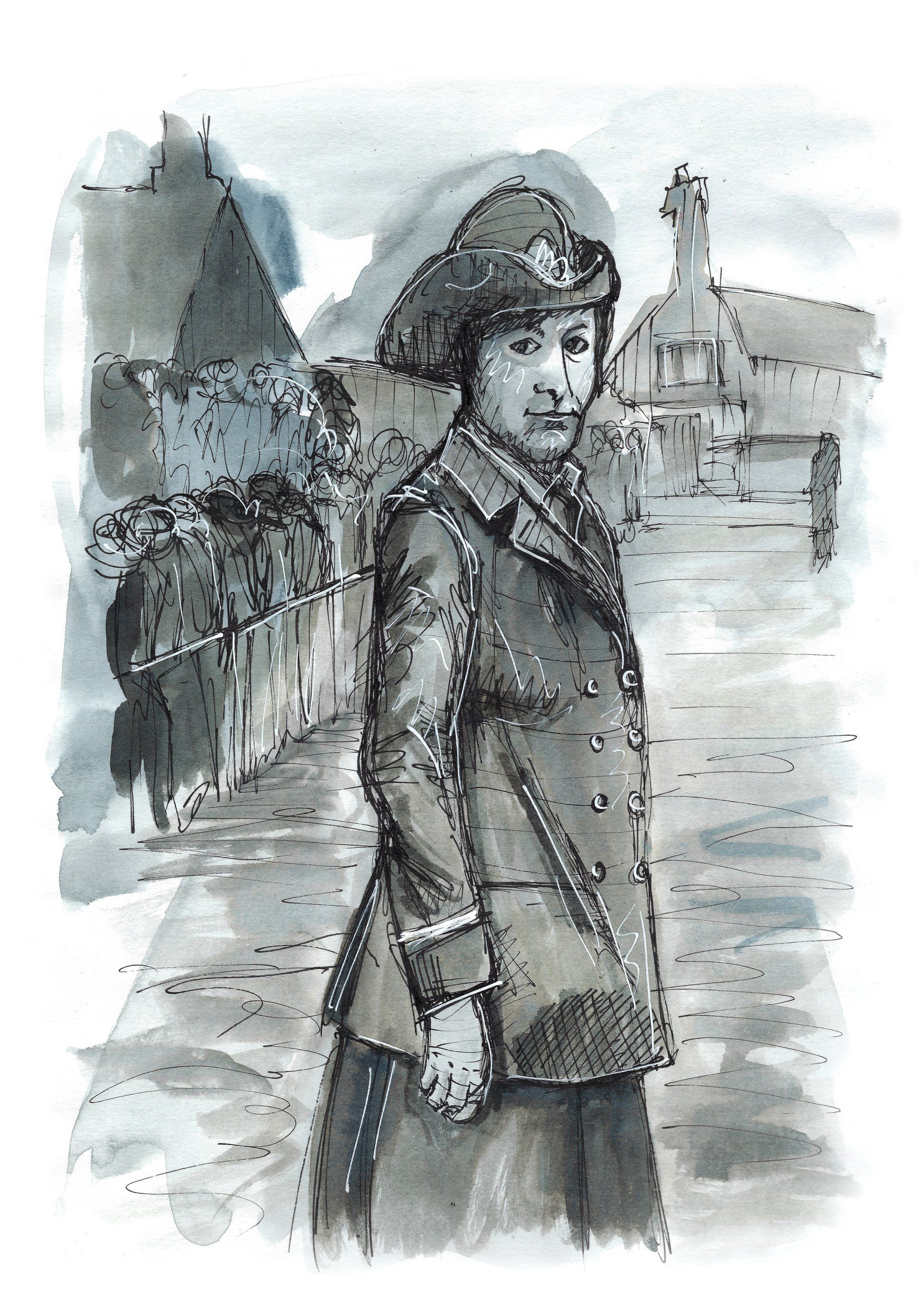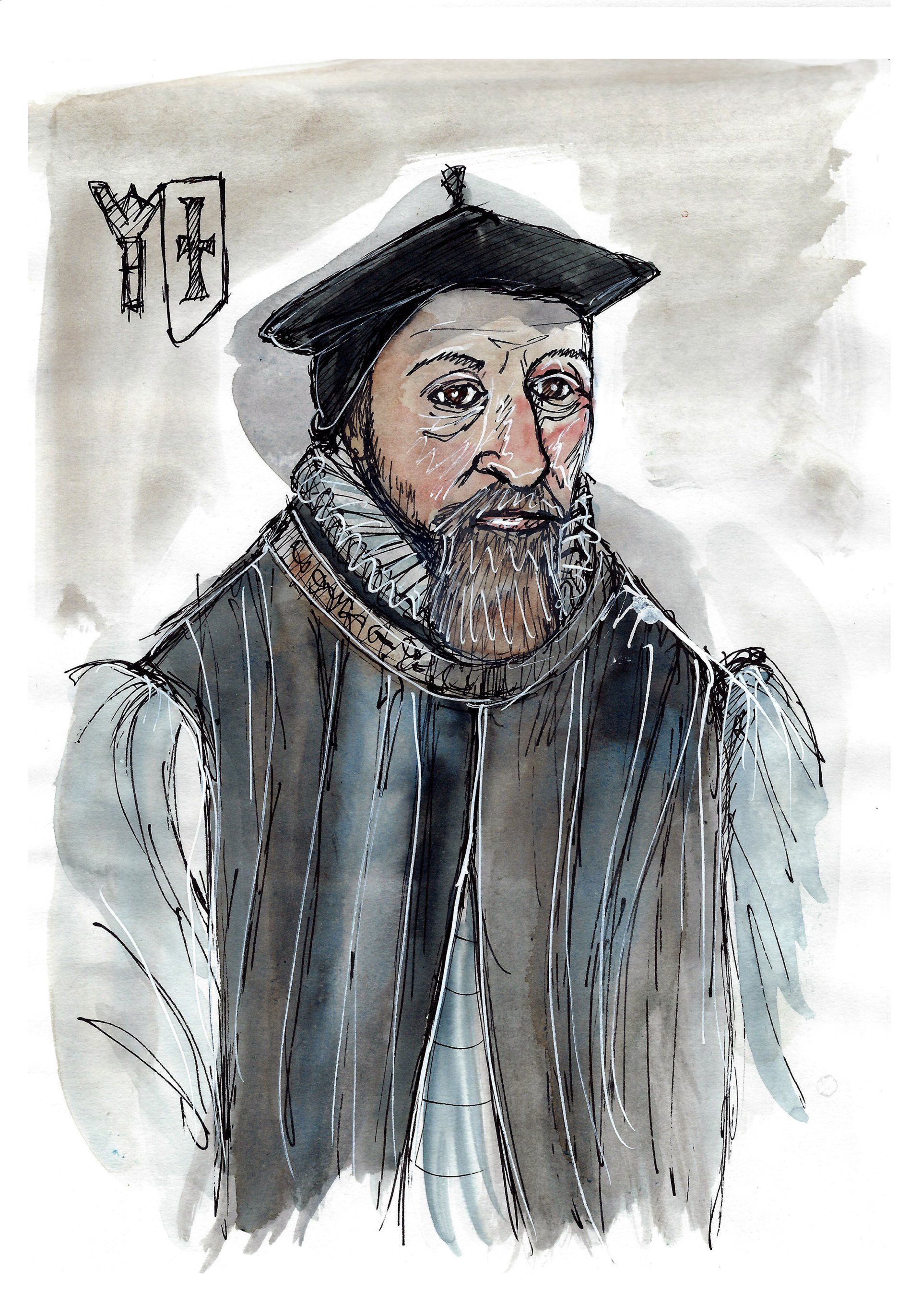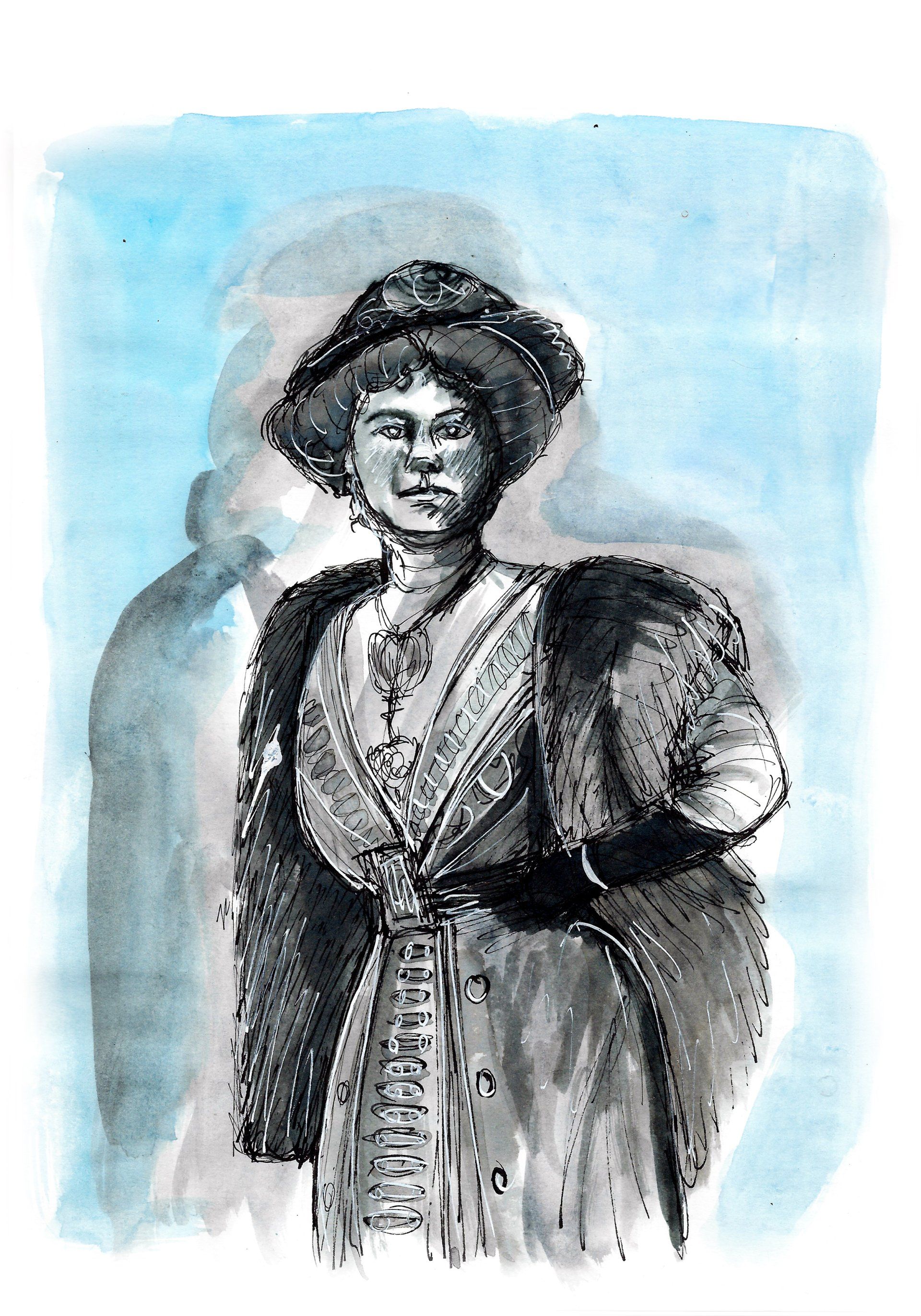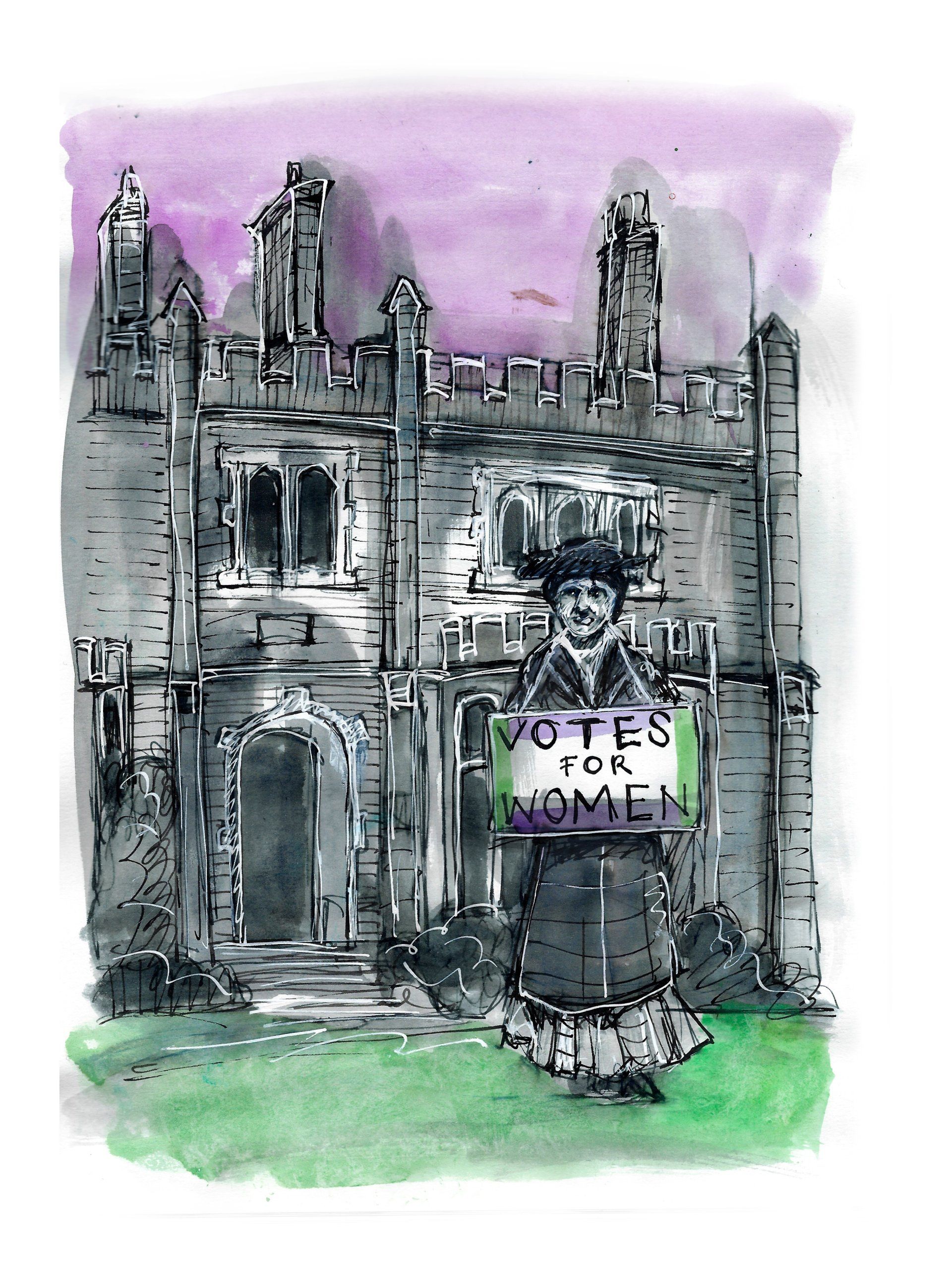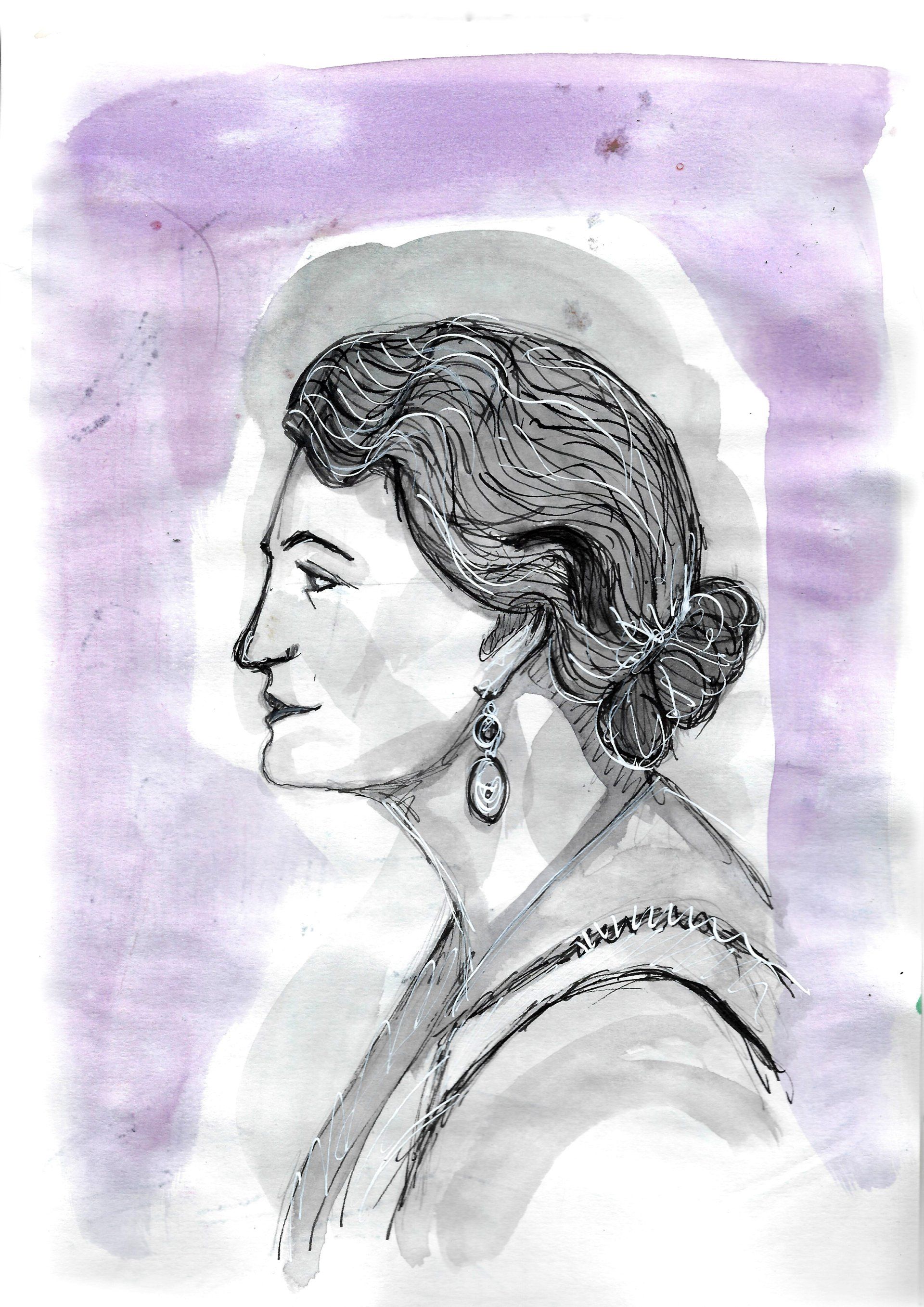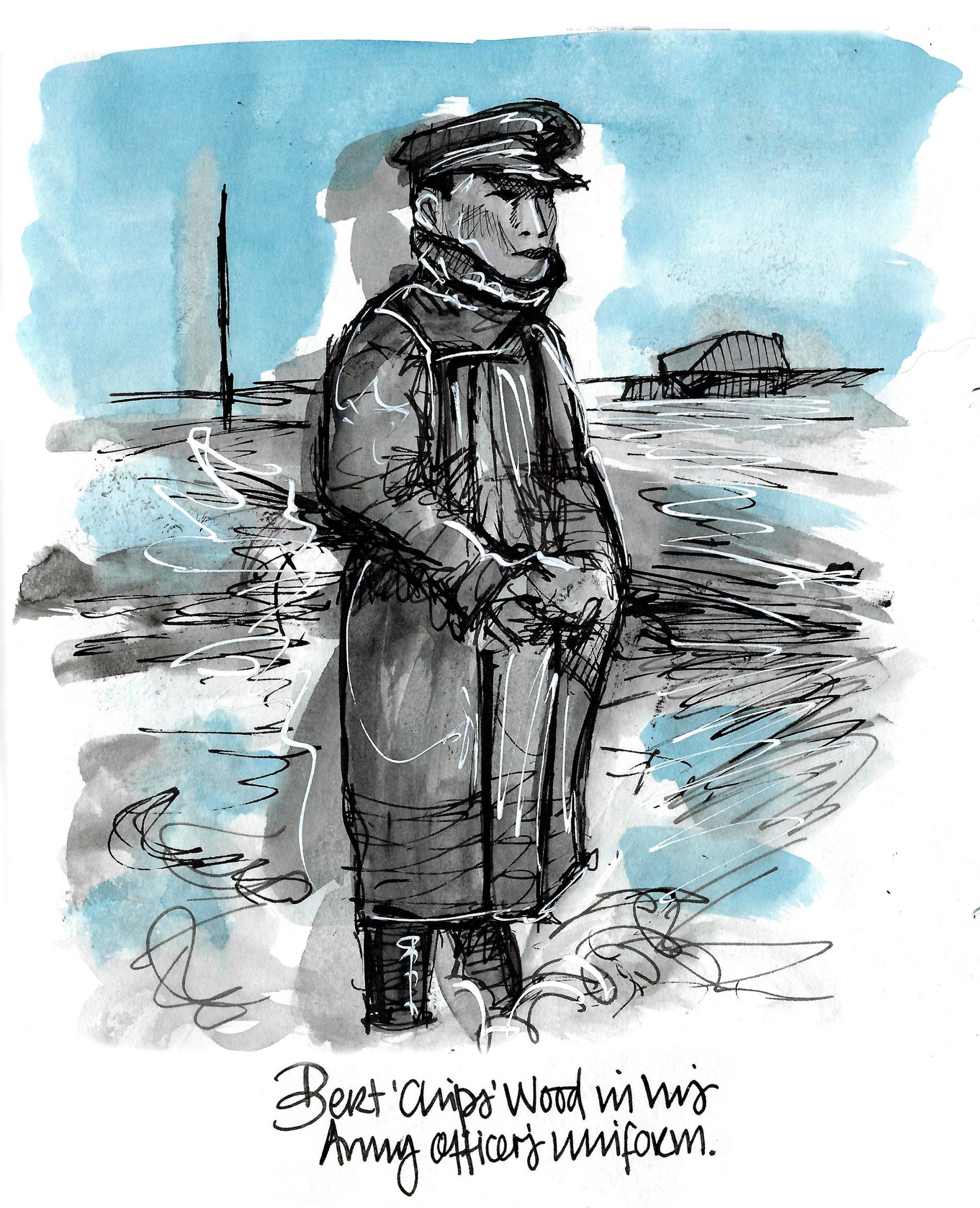Edward Watkin
Sir Edward Watkin was a railway entrepreneur, dubbed ‘Mr Grimsby’ for his involvement in bringing the railway to the town.
He was chairman of nine railway companies in his lifetime. Some of his notable projects were the construction of the Great Central main line; a failed attempt to dig a Channel Tunnel to connect his railway empire to the French network; and a partially constructed tower at Wembley.
He was born in Salford in 1819. He exemplified the Victorian spirit of global awareness, pride in a British civilisation with sharing it with others and got excited about new technology.
In 1854 Watkin was appointed General Manager of Manchester, Sheffield, Lincolnshire Railway, which he held until 1861. He was returned as director in 1863 and was chairman from 1864 to 1894. He was knighted in 1868 and made Baronet in 1880 for his railway work.
Watkin’s chairmanship of the MSLR led to the development of Grimsby from a tiny and declining fishing village to one of the great harbour towns. It was not quite a ‘pocket borough’ of the MSLR, but it was, from 1857 to 1895, solidly Liberal or Liberal Unionist. There was a large portion of time when its MP was either a director or shareholder of the company including Sir Edward’s son, Alfred Mellor Watkin (1877).
Watkin erected the Prince Albert statue in front of the Dock Offices and saw the construction of the railway to Cleethorpes 1863. In 1891 he opened the new drill hall for the Volunteers of Grimsby in Doughty Road.
In his lifetime Watkin advised on the Indian railways, organised transport in Belgian Congo, and helped in the creation of Canada.
His work on a Channel Tunnel began in 1880. Queen Victoria found the tunnel ‘objectionable’, but he was skilled in PR and invited the Prince and Princess of Wales to champagne receptions in the tunnel. The tunnel was eventually blocked by Parliament in interests on national security. The original entrance remains in the cliff face.
His tower at Wembley was intended to rival the Eiffel Tower. Its foundations were laid in 1892 and the first stage was opened in 1896. It failed to draw the crowds and was demolished in 1904. Wembley Stadium was built on the site.
Watkin Street in Grimsby was named after the man whose monument is Grimsby Docks and the resort of Cleethorpes.

Research and words: Emma Lingard of Lingard’s Lincolnshire Guided Walks. Illustration by Sarah Palmer of The House with the Blue Door.
Grimbarians Through Time Project in partnership with Time Trap Museum supported by the Culture Recovery Fund.
In recent years, Grimsby’s profile has seen a change with a wave of positivity thanks to local people's dedication and a growing faith in the area.
Grimbarians is more than a not-for-profit organisation. It is a creative movement, born to change the story line of the town and the way people identify the area.
Through documenting and showcasing the lives of local people, we aim to promote confidence in the area, increase pride and build a stronger, more positive reputation for Great Grimsby because #grimsbyreallyismore.
Nominate A Grimbarian...
Nominate someone and tell us why they should be a Grimbarian...
We love to feature people of all walks of life and shine a light on the contributions they make. If you know someone that is worthy of the title - let us know.
Keep Up To Date With Us...
Sign up to our newsletter to keep up to date with all things Grimbarian...
Contact Us
We will get back to you as soon as possible.
Please try again later.
Grimbarians CIC - All Rights Reserved | Privacy Policy | designedbynomad


